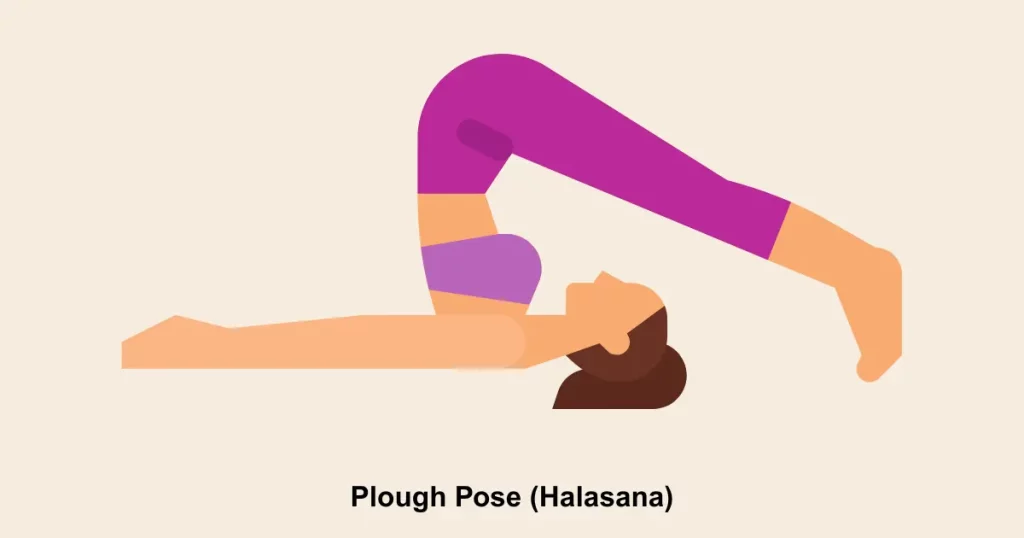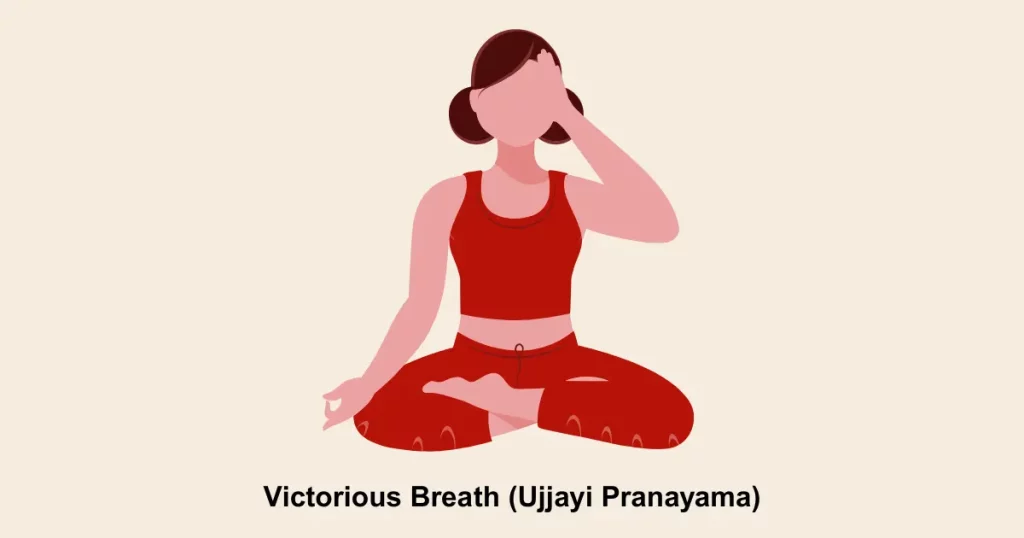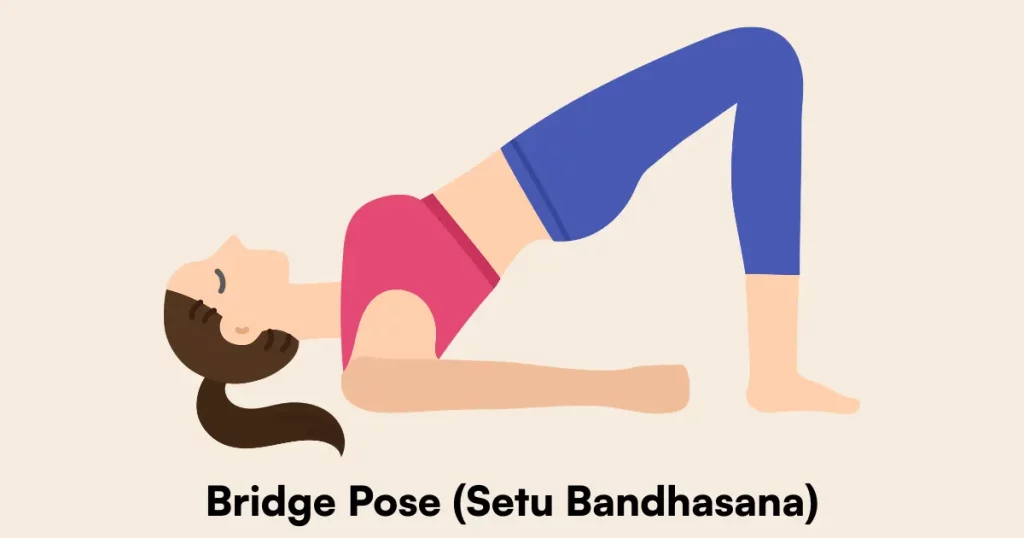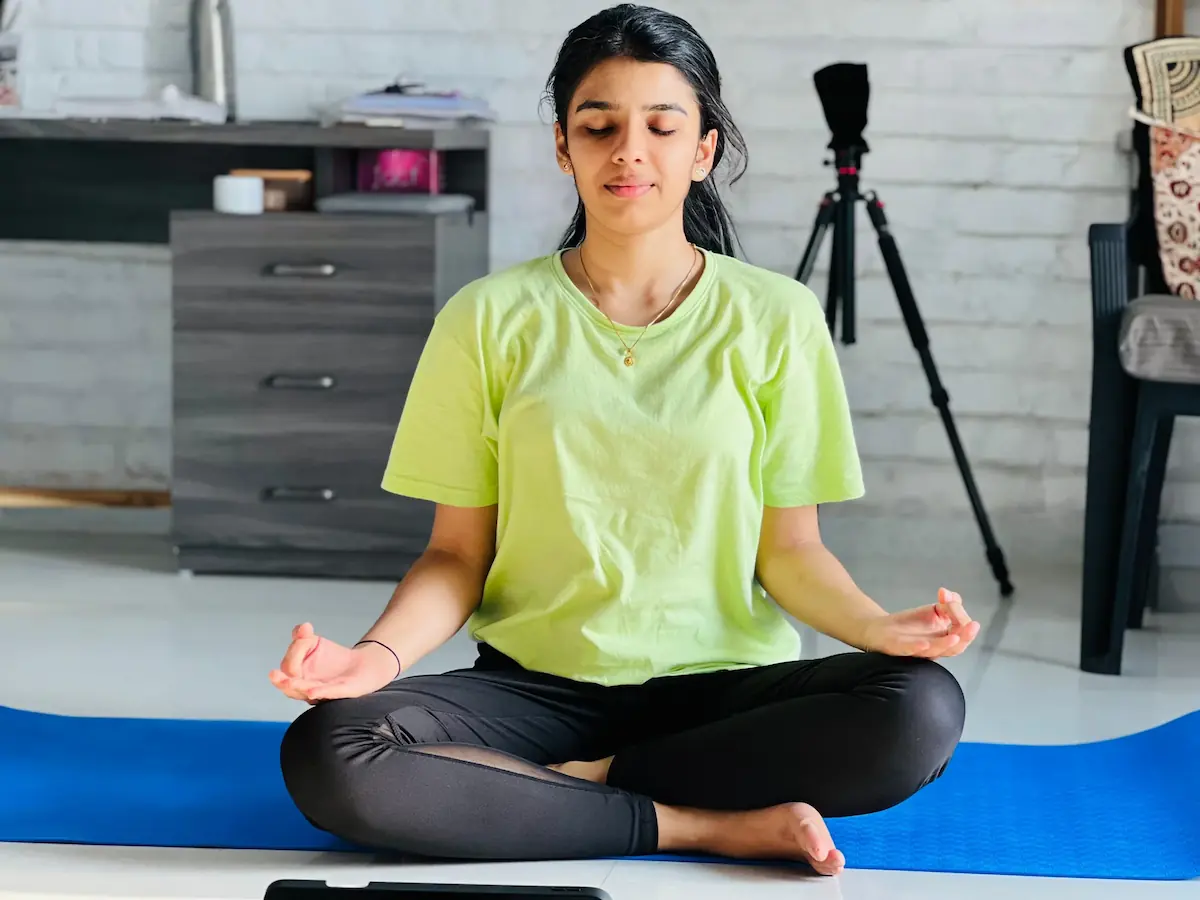Heal Your Thyroid at Home – Naturally
Your thyroid may be small, but it plays a big role in your well-being regulating metabolism, energy levels, weight, and even mood. When it’s not functioning properly, symptoms like fatigue, anxiety, weight changes, and hair loss may creep in.
While medication is essential for managing thyroid disorders, yoga can be a powerful natural companion. Gentle stretching, mindful breathing, and targeted poses can stimulate your thyroid gland, reduce stress, and support hormone balance. And the best part? You can begin from the comfort of your home.
Here are 5 beginner-friendly yoga poses that naturally support thyroid health.
Sarvangasana (Shoulder Stand)

Queen of Asanas for Thyroid Activation
How to Do It:
- Lie flat on your back.
- Slowly lift both legs and hips upward.
- Support your lower back with your hands.
- Keep your elbows grounded and legs straight, pointing toward the ceiling.
- Hold for 30–60 seconds, breathing steadily.
Benefits:
- Stimulates the thyroid by applying gentle pressure to the neck.
- Improves blood circulation to the throat and brain.
Tips & Precautions:
- Avoid during menstruation or if you have neck/back injuries.
- Beginners can use a folded blanket under the shoulders for support.
Matsyasana (Fish Pose)

Soothing Stretch for Hormone Boost
How to Do It:
- Lie on your back with legs extended.
- Place hands under your hips, palms facing down.
- Lift your chest upward while arching your back gently.
- Let the crown of your head lightly touch the floor.
Benefits:
- Stretches the front neck area, stimulating the thyroid.
- Helps relieve tension and balances emotions.
Tips & Precautions:
- Keep movements gentle and controlled.
- Avoid if you have serious neck or lower back problems.
Halasana (Plough Pose)

A Deep Stretch for Endocrine Health
How to Do It:
- Begin in Shoulder Stand (Sarvangasana).
- Lower your feet behind your head slowly until toes (or shins) touch the floor.
- Keep arms flat or interlocked behind your back.
Benefits:
- Stimulates the thyroid and parathyroid glands.
- Aids digestion and calms the nervous system.
Tips & Precautions:
- Avoid if you have high blood pressure or spinal conditions.
- Bend knees slightly if your feet don’t reach the floor.
Ujjayi Pranayama (Victorious Breath)

Breathing Life into Your Thyroid
How to Do It:
- Sit comfortably with your spine straight.
- Inhale slowly through your nose while slightly constricting your throat (like fogging a mirror with your mouth closed).
- Exhale slowly through the nose, maintaining the throat constriction.
- Continue for 5 minutes.
Benefits:
- Gently massages the thyroid gland.
- Reduces anxiety and enhances mental clarity.
Tips & Precautions:
- Practice on an empty stomach.
- Avoid forcing the breath—keep it smooth and gentle.
Setu Bandhasana (Bridge Pose)

A Heart-Opener That Supports Thyroid Health
How to Do It:
- Lie on your back with knees bent and feet hip-width apart.
- Press your feet into the mat and lift your hips.
- Keep shoulders grounded and clasp hands beneath your back if comfortable.
- Hold for 20–30 seconds.
Benefits:
- Opens the chest and throat to stimulate the thyroid.
- Strengthens the back and calms the mind.
Tips & Precautions:
- Avoid if you have a neck injury or severe spinal issues.
- Support the lower back with a yoga block if needed.
Conclusion: Make Yoga Your Daily Hormonal Ally
Balancing your hormones doesn’t require expensive treatments or strict routines. Just 15–20 minutes of consistent yoga practice each day can naturally support your health, enhance relaxation, and promote overall well-being. Start slow, listen to your body, and build your practice gently over time.
Your mat is your medicine. Use it daily.
FAQs: Yoga for Thyroid Problems
Q1: Can yoga cure thyroid problems completely?
A: Yoga is not a cure, but it’s an excellent complementary therapy. It can help regulate hormones, reduce stress, and improve gland function alongside medical treatment.
Q2: How often should I practice these poses for thyroid health?
A: Aim for at least 4–5 times a week for noticeable benefits. Even short, consistent sessions work wonders.
Q3: Is it safe to do yoga with hypothyroidism or hyperthyroidism?
A: Yes, but it’s best to consult a healthcare provider before starting, especially if you have severe symptoms or other health issues.
Q4: When is the best time to practice yoga for thyroid health?
A: Morning practice is ideal, but anytime you feel relaxed and have an empty stomach works well too.

